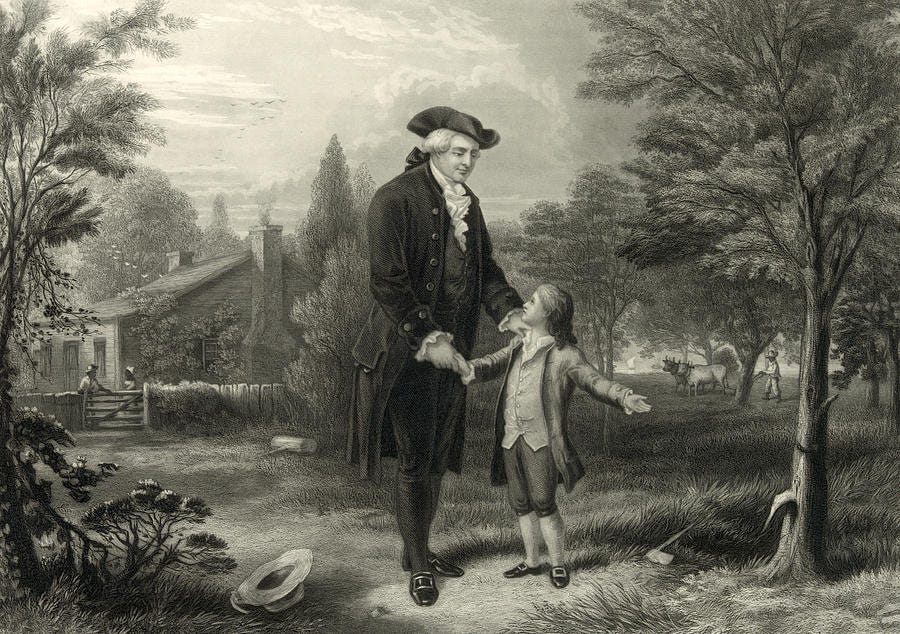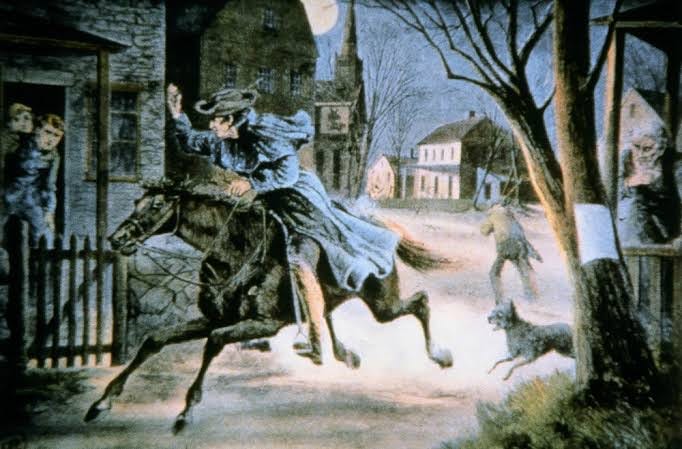
July 2022
“The American dream;” you hear about it all the time. I wonder if we’ve always taken it the wrong way. A dream can be an aspiration, sure. That’s how we generally think of “the American dream.” It’s what you can aim for, hope for, strive for, and maybe even reach. But dreams are something else, too. A land apart from reality. A mental environment, untethered from the waking world. People in this country seem particularly adept at denial, selective perception, and many of them really do live, as far as I can tell, in some kind of fantasy land. A dreamscape. Another way to think of “the American dream.”
The Myth Take
Why do myths so often overtake true tellings? In ancient days it’s easier to see the difference between myths and reality because the ancient myths (Hercules, Gilgamesh, Pandora) were what we’ve since called fiction. Maybe we’re just being too picky; I don’t know. But it’s July 4 today, when US citizens often celebrate the origin stories we’ve been told about the nation. And yet…those stories aren’t true.
There are a lot of US flags waving today, and nearly everybody learned in elementary school the story of Betsy Ross making the very first US flag — for George Washington himself, no less! That story didn’t come from 1776, when the first flags were being made. It comes from nearly a century later, when Ross’ grandson William Canby wrote a paper making the very first claim that his grandmother had made the first flag. But flag makers got paid, and the payment records are still around. The receipt mentioning Betsy Ross (who was one of several flag makers at the time) says this:
An order on William Webb to Elizabeth Ross for fourteen pounds twelve shillings and twopence for Making Ships Colours [etc.] put into William Richards store……………………………………….£14.12.2
“Ships colours” are ensigns, banners, and pennants (long narrow flags). Especially in those days, ships’ colors were not the same thing as the flag an army would use. They had lots of rules about flags back then. Two other details in the Betsy Ross myth are that using stars with five points instead of six was her idea, and that she came up with the overall design for the flag featuring stars and stripes. Once again we can rely on the bean counters; there are letters — invoices, basically — submitted to the Continental Congress requesting payment for designing the flag. The letters were written by Francis Hopkinson, who also designed the Great Seal. Those are the only records of the sort that come from the actual time when the first US flag was being created. Not a single aspect of the Betsy Ross story appeared until decades later, and well after the death of Ross and everybody else involved.
In elementary school I was also taught that George Washington, a man of mythic proportions in the US pantheon, did things like throw a silver dollar clear across the Potomac River as a young man. Washington was a big guy and probably in good physical shape, but it would have been hard for him to throw a silver dollar, because silver dollars didn’t exist until 1794. Washington was still alive in 1794, but he was 62 years old. Another little detail about the story is that the Potomac River is a mile wide, and was even in those days. Nobody has ever been able to throw something that far. Just to add one more bit of shade to this, back in the 1700s a dollar was a significant amount of money, even to a plantation owner. Throwing one across a river, where you’d be unlikely to be able to retrieve it, isn’t impossible, but would an eminently sensible chap like George Washington be that profligate? Kind of flies in the face of the myth, don’t you think?

Another Washington myth that my teachers passed along (with completely straight faces, by the way) was that story about him chopping down a cherry tree and then admitting it with the famous words “I cannot tell a lie.” This supposedly happened when George was just six years old and received a hatchet as a gift. It’s possible…but Washington himself never mentioned it, and the story didn’t appear until 1806 (a few years after Washington’s death). It showed up in a book by Mason Locke Weems, who wrote The Life of Washington in 1800. It became a bestseller. But it didn’t contain the cherry tree story until later, when Weems was making changes for the sixth edition. He attributed the story to an “anonymous source.” So…could have happened, I guess.
I live a few miles from Concord, Massachusetts, one of the waypoints on the famous “midnight ride of Paul Revere.” You remember that one; he galloped along yelling “the British are coming” in order to warn everybody. He did not. He might have undertaken some sort of trek warning about soldiers, but he wouldn’t have said anything like “the British are coming,” because at the time, the colonists considered themselves British. Also, if anything like this really happened, it would have been a secret reconnoissance mission and nobody was going to be yelling anything. This particular myth was invented 85 years after the fact by Henry Wadsworth Longfellow, who made his living selling his writing (just like Mason Locke Weems). If we celebrate this ride today, we’re celebrating the equivalent of a subplot in a Tom Clancy novel.

By the way, as I’m writing this it’s July 4 — the day the US celebrates the “founding fathers” signing the Declaration of Independence. Except that’s another myth. You’ve probably seen an oil painting of a bunch of white men crowded around, signing the document on July 4. Never happened. The Continental Congress ratified the document on July 4. The official version, which you can see in the National Archives, was another copy that wasn’t even created until July, and not signed until August.
I think I’ve made my point that the “history” we’re taught (by people who should, and even maybe do, know better) is a set of fictional episodes invented in order to persuade people to embrace a particular world view. If there’s a true fact that can be used as the basis for a myth, fine, but really there’s no need for facts. We’re perfectly happy with stories, because that’s how we understand the world. A story, a myth, is simpler and more understandable than most aspects of reality. If your aim is to produce an emotional response in your human audience, stories are the way to go. Claiming objective truth is optional — and not only is it probably not needed, it can present problems. Annoying people like me might check the records — or think about the details, like how far can a human arm propel an object, and raise questions.
But there’s something odd about those questions — they’ll be largely ignored. Our minds grasp stories and myths so tenaciously that even knowing they’re not objectively true often doesn’t seem to matter. I think that’s a problem, but not impossible to solve. Look at the truth and reconciliation process in South Africa (and Canada, Peru, South Korea, Nepal, Myanmar, Germany, etc). Simply telling the truth about something that happened; something that people did, can have surprising and positive results.
One of our US myths even highlights this; it was George Washington who told the truth about that cherry tree. I think a truth and reconciliation process here would help a lot. It could begin to address racism. Policing. Incarceration. Inequality. Maybe even the elephant in the nation: slavery, even though there are no participants left. And yet I can’t imagine a truth and reconciliation process happening here. Stories are too strong in the US; I think we live less in the real world than most everybody else. The myths and characters of our shared fictional land, from cowboys (who didn’t, by the way, wear those hats) to the Music Man and all the purveyors like him of talk and promises — I think at this point they’re more powerful, more real, than we are. The story of the US is just that; a story. In this vast land that we see as empty because we learn to look elsewhere with other eyes, all we can any longer perceive are shadows and hints that anything is there outside the pages we’ve chosen to inhabit. We live in a story, not reality. We dwell in a book, not believing it is a book that might be cast aside or abandoned. Where will we live then?
